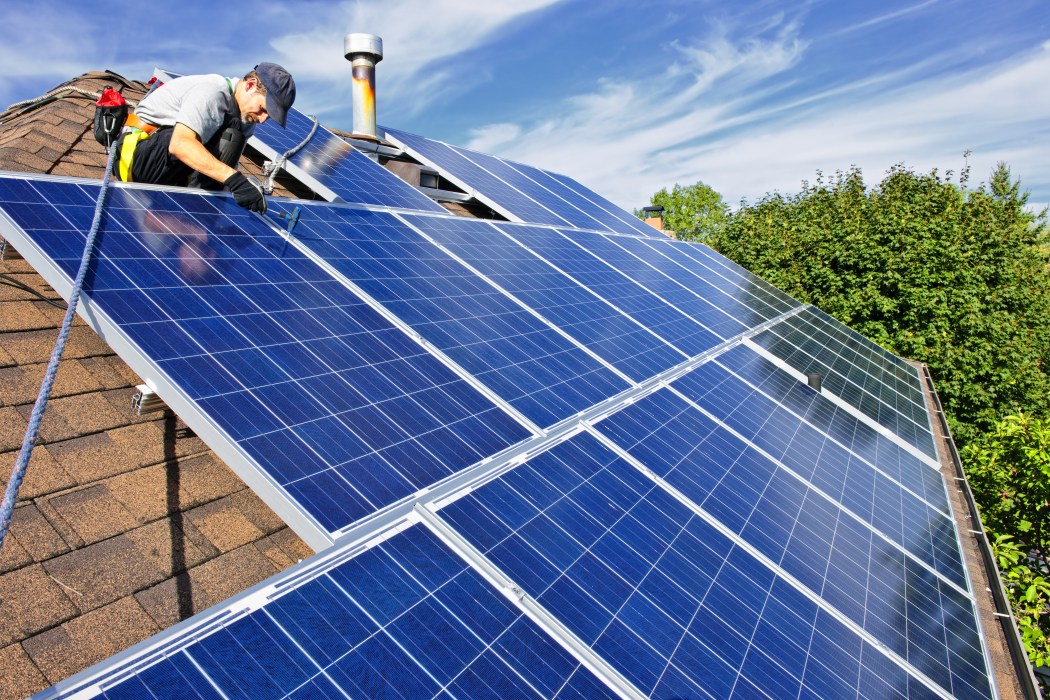First Philippine Holdings to deploy solar, wind projects regardless of FIT
- May 31, 2017
- 0

Solar and wind projects under the First Philippine Holdings will still proceed regardless of feed-in tariff (FIT) incentives, citing that the regime is just a transitory mechanism to encourage the early entry of renewables into the country’s power mix, company chairman and CEO Federico Lopez said in a statement on Monday.
Currently, the group recorded seven megawatts (MW) of solar energy in its portfolio and will look into doubling its capacity over the next 12 months via a combination of utility-scale and rooftop installations.
“The tricky part is getting contracts for the output of the solar plants. In the meantime, what makes more sense at this stage is the rooftop solar for commercial and industrial users,” President and COO Francis Giles Puno said.
FPH’s power generation and energy distribution are operated under First Gen Corp., which houses renewable energy arm Energy Development Corp. (EDC).
EDC is also in talks with retail giant Gaisano Group for more solar rooftop installations in its malls, along with other commercial and industrial developers.
“It’s not only mall operators but also factories. We’re also doing that also in our industrial park where obviously there will be a lot of factories. And we hope that we’ll be able to install more solar rooftop in those factories,” Puno said.
Last year, EDC formally announced its solar rooftop project joint-venture with Cebu’s Gaisano Capital for its mall in La Paz, Iloilo City. The 1.03 MW solar rooftop system was completed in January 2017, the largest of its own in the city.
EDC president and COO Richard Tantoco said that the firm is also looking into wind developments in Iloilo, citing that the area has the best potential in building nine wind concessions. Once market and construction conditions are favorable, the renewable energy arm will push with the Iloilo wind project’s business development.
“We’re analyzing constructability issues, and obviously we have to wait for that point in time where the project can go ahead based on market conditions and what tariff is available in the market,” Tantoco said.
According to various studies, Iloilo City can fill 40 up to 54 wind turbines along its hilly slopes.